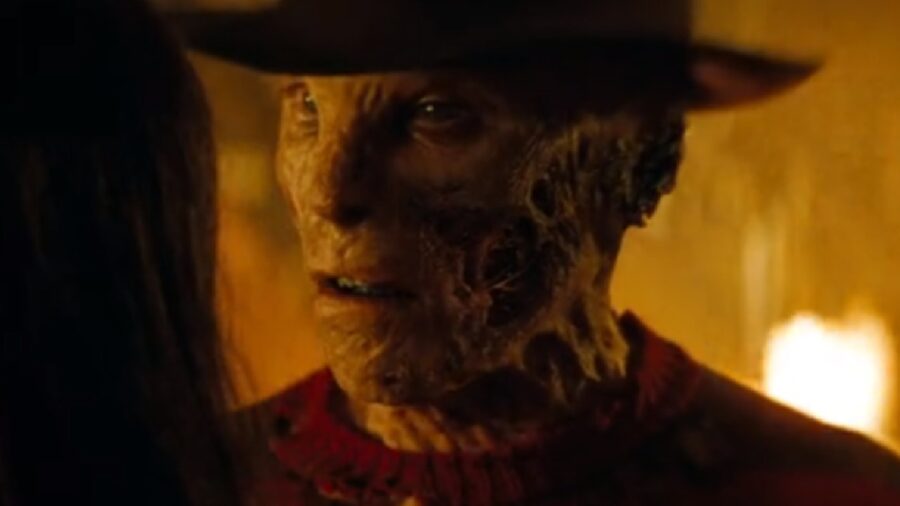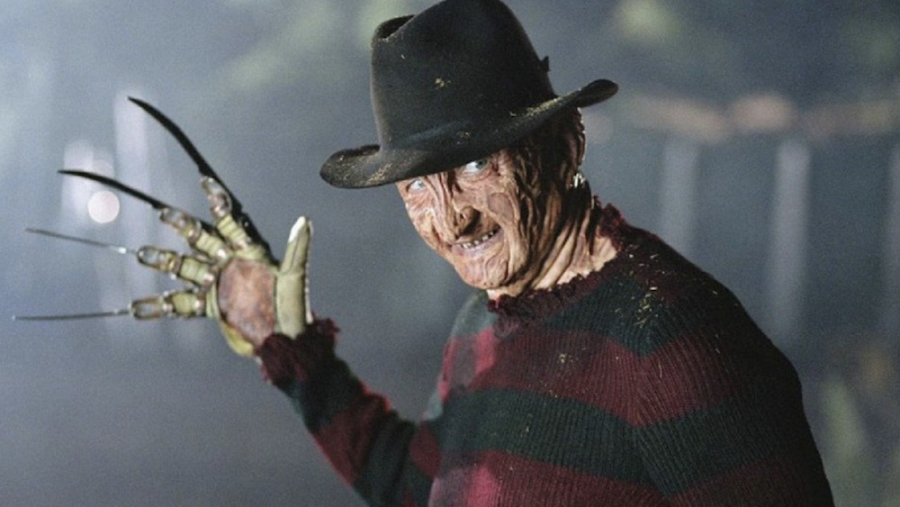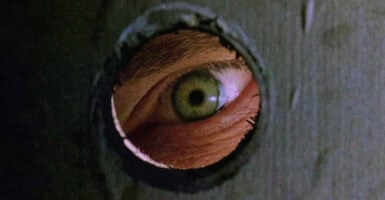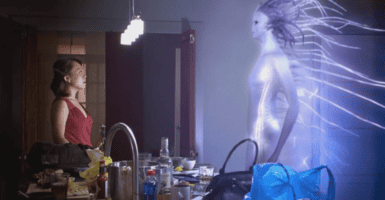The Netflix Horror Slasher Remake Reveals Iconic Serial Killer’s Origin Story

These days, it’s incredibly rare to see an original film and its remake on the same streaming platform side-by-side. But if you’re a fan of A Nightmare on Elm Street, you can watch the 1984 version, its many sequels, and its 2010 remake on Netflix if you feel so inclined. While it’s always risky business remaking a horror classic, I’m of two minds when it comes to this remake because it does an excellent job explaining Freddy Krueger’s origin story but falls flat in trying to be a more terrifying film than its inspiration.
The Remake No One Asked For

I watch the original A Nightmare on Elm Street on Netflix every year around Halloween because it truly is a timeless horror classic. I was also reluctant to check out its remake for quite some time because of its 14 percent critical score on Rotten Tomatoes. After finally sitting down with Samuel Bayer’s take on Freddy Krueger, I can’t say that it fully deserves its poor reception because it’s an ambitious reimagining of the Wes Craven classic that reinvented the slasher genre in the ’80s.
None Of The Fun Of The Original

2010’s A Nightmare on Elm Street tells a story that’s very similar to the original film but strips its narrative of any of the campiness that can be found throughout its Netflix neighbor from 1984. Centering on a group of kids plagued by nightmares involving a crazed lunatic with a deformed face and knives for fingers who wants to kill them in their sleep, this updated version leans heavily into Freddy Krueger’s life and times while he was still alive. We learn that he was burned to death by a group of parents after getting caught abducting and violating their children, and this backstory is explored through expertly placed flash-back sequences that weren’t fully explored in the Wes Craven version.
A More Sinister Freddy

However, I wanted to turn off this version of A Nightmare on Elm Street and watch the original on Netflix because Freddy Krueger ends up being a run-of-the-mill slasher villain who plays it straight. Running with the assumption that Jackie Earle Haley’s version of Freddy Krueger was meant to be more sinister, I can’t fault the acting, but I also can’t say that I like this version of Freddy either. Robert Englund’s version of Freddy was so effective because his sardonic sense of humor and sleaziness is what made him such a frightening figure.
The Original Is Better

You can see for yourself by watching both versions of A Nightmare on Elm Street on Netflix. Many of the iconic kills from the original film were recreated in the remake but with the aid of computer-generated imagery. From the claws in the bathtub to the bedroom ceiling smack-down (or is it a smack-up?), I’ve got to say that the 1984 version of A Nightmare on Elm Street has a better handle on the gory dream sequences than its remake does because of how efficiently it used good old practical effects.
The way I see it, the remake of A Nightmare on Elm Street isn’t a bad film. It’s just not memorable, suffering the same fate as Rob Zombie‘s reimagining of Halloween.
Streaming Now On Netflix


REVIEW SCORE
However, it has a strong handle on Freddy Krueger’s lore and backstory that’s worthy of a look if you’re a fan of the franchise. If you’re able to perform some mental gymnastics, I’d suggest watching both versions of A Nightmare on Elm Street on Netflix and combining the best elements from both films in your head to reimagine both versions as a single cohesive story. If you think of this remake as a companion piece to the original instead of a complete reimagining, you’ll appreciate it for what it is.












